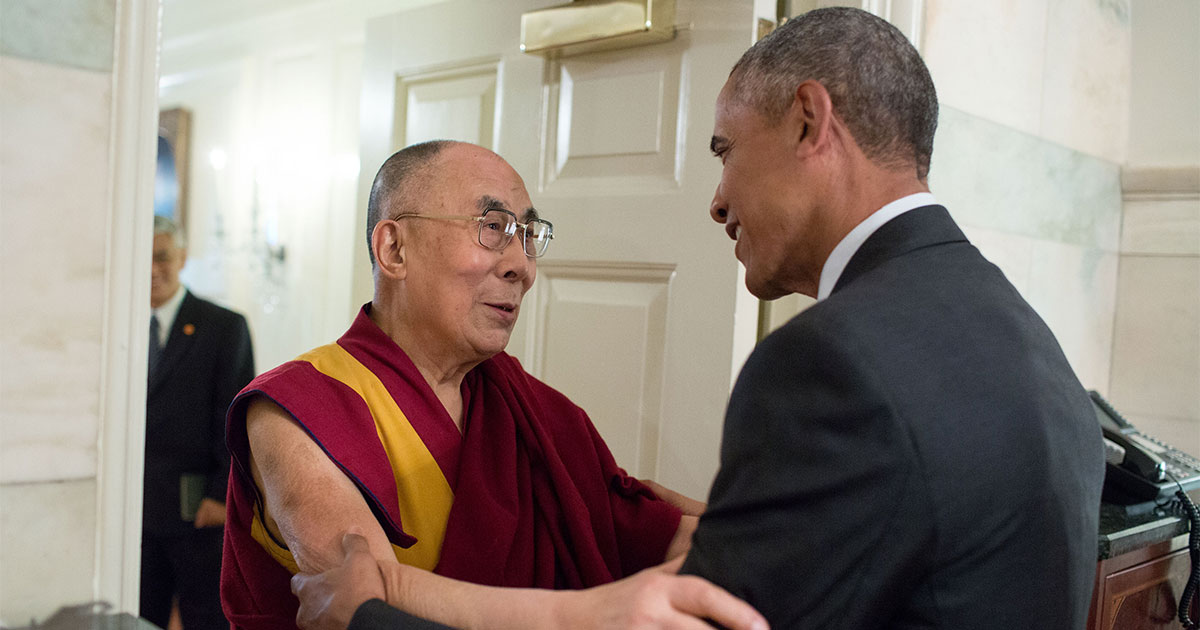The Middle Way is the Dalai Lama’s and the Tibetan people’s vision for Tibet’s future. It’s also a blueprint for peace that can inspire people in conflict zones throughout the world.

Historically, Tibet was an independent country, and legally, it has the right to be free. Nevertheless, China continues to claim Tibet as its own and rules over it with an iron fist, denying fundamental rights to the Tibetan people. The Middle Way Approach is a middle ground between those opposing positions.
Under the Middle Way, Tibet would remain part of the People’s Republic of China, but Tibetans would have meaningful autonomy. This approach is consistent with China’s constitution—which allows for autonomy in ethnic minority regions—and has been endorsed by the US government.
If the Middle Way is implemented, China would oversee Tibet’s defense and foreign affairs, but the people of Tibet would manage their own affairs, including in religion, culture, education, economy, and environment.
Formulated by the Dalai Lama, the Middle Way was influenced by the Tibetan Buddhist concepts of interdependence and nonviolence. The Middle Way would respect the fundamental rights of the Tibetan people, bring peace and security to China, and provide hope and inspiration to areas of conflict around the globe.
The Middle Way Approach (Umaylam in Tibetan) is the official policy of the Central Tibetan Administration to resolve the issue of Tibet with the government of the People’s Republic of China. The documentary explores the opinion of individuals including the head lamas of Tibetan Buddhism, former political prisoners, Speaker of the Tibetan Parliament-in-Exile, and Sikyong on the subject of Umaylam. The documentary is in Tibetan and is primarily intended to create a greater awareness on the subject of Umaylam »
